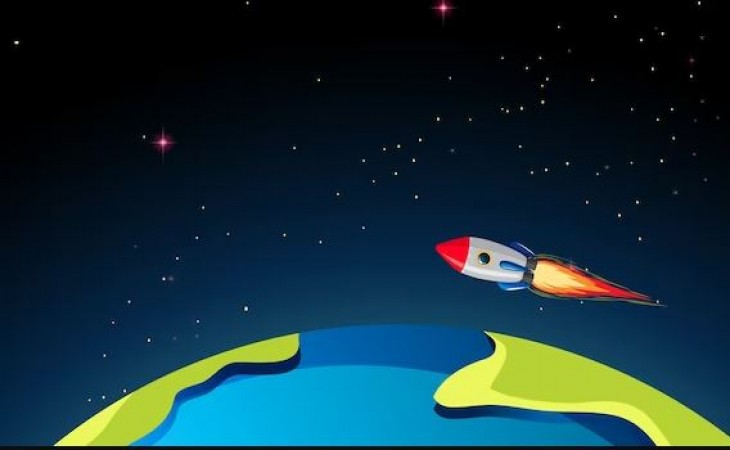
Space exploration has always been a source of fascination for humanity, and it's not just humans who have embarked on these cosmic journeys. Over the years, a diverse array of animals have been sent into space, paving the way for human spaceflight and contributing to our understanding of the universe. In this article, we'll introduce you to 12 remarkable animals that boldly journeyed beyond Earth's boundaries.
Fruit flies, scientifically known as Drosophila melanogaster, made history as some of the first animals in space. These minuscule creatures were chosen for their short life cycle, allowing scientists to study the effects of space radiation and microgravity on living organisms quickly.
Nematode worms, or Caenorhabditis elegans, were also early space explorers. These microscopic organisms helped researchers uncover valuable insights into muscle loss and aging in space conditions.
In 1948, Albert I, a rhesus monkey, became the first primate to journey into space. Sadly, his mission ended in tragedy, highlighting the challenges of early space exploration.
Ham, a chimpanzee, entered the annals of space history in 1961 when he successfully completed a suborbital flight, demonstrating that living creatures could handle the rigors of space travel.
Enos, another chimpanzee, took a more extended orbital journey in 1961, paving the way for human spaceflight. His successful mission helped refine spacecraft systems and ensure astronaut safety.
Laika, a courageous dog, made history in 1957 as the first living creature to orbit the Earth. Although her mission ended tragically, her sacrifice contributed to the advancement of space science.
Mice have played a crucial role in space research, helping scientists understand the effects of microgravity on various physiological processes. These small rodents have ventured into orbit on numerous missions.
Birds, such as pigeons, have also taken flight into space. Their missions aimed to uncover the secrets of navigation and orientation in zero-gravity environments.
Tardigrades, often referred to as water bears, are incredibly resilient microscopic creatures. They have ventured into space and demonstrated their ability to endure extreme conditions.
Fish, including medaka and zebrafish, have been sent into space to study the effects of microgravity on their development and behavior. These experiments have provided valuable insights into space biology.
Ants have been used in experiments to observe their behavior and social interactions in microgravity. These studies shed light on how complex ecosystems may function beyond Earth.
Bees, as pollinators, have a significant role in Earth's ecosystems. Researchers have studied the behavior of bees in space to understand how their vital role might be impacted by prolonged space travel.
Rats have joined the ranks of space travelers to help scientists investigate the effects of space conditions on their physiology, including bone density and muscle mass.
Squirrel monkeys, like Gordo and Bonnie, participated in missions that helped scientists gather data on radiation exposure and physiological changes during spaceflight, preparing the way for human astronauts.
The brave animals that ventured into space have contributed immeasurably to our understanding of the challenges and opportunities of space exploration. Their sacrifices and contributions have paved the way for human astronauts to journey into the cosmos, and their stories continue to inspire us as we reach for the stars.
Puthuppally By-Election: Chandy Oommen Maintains Solid Lead